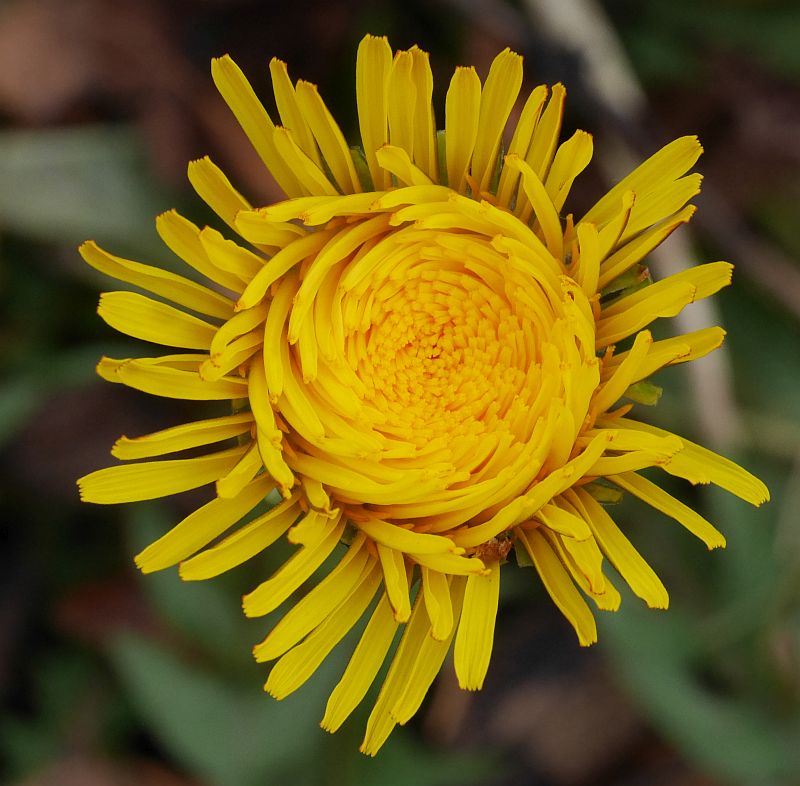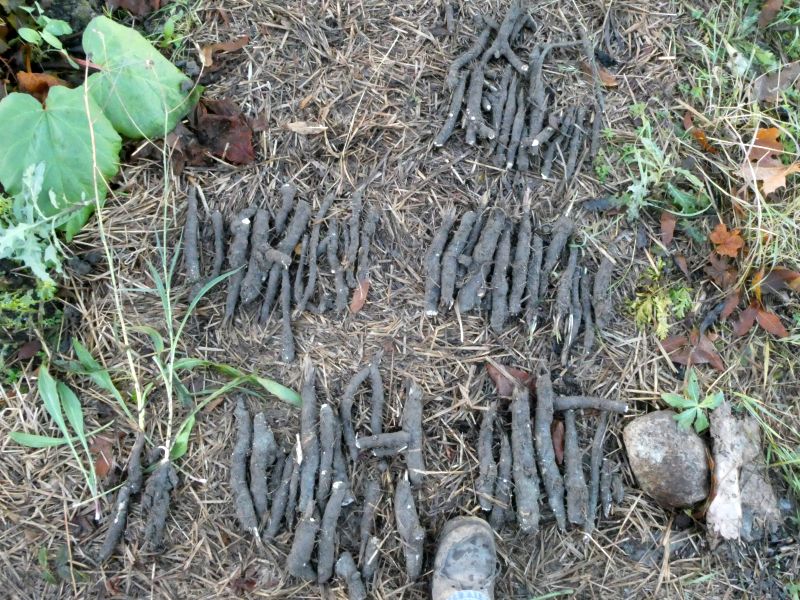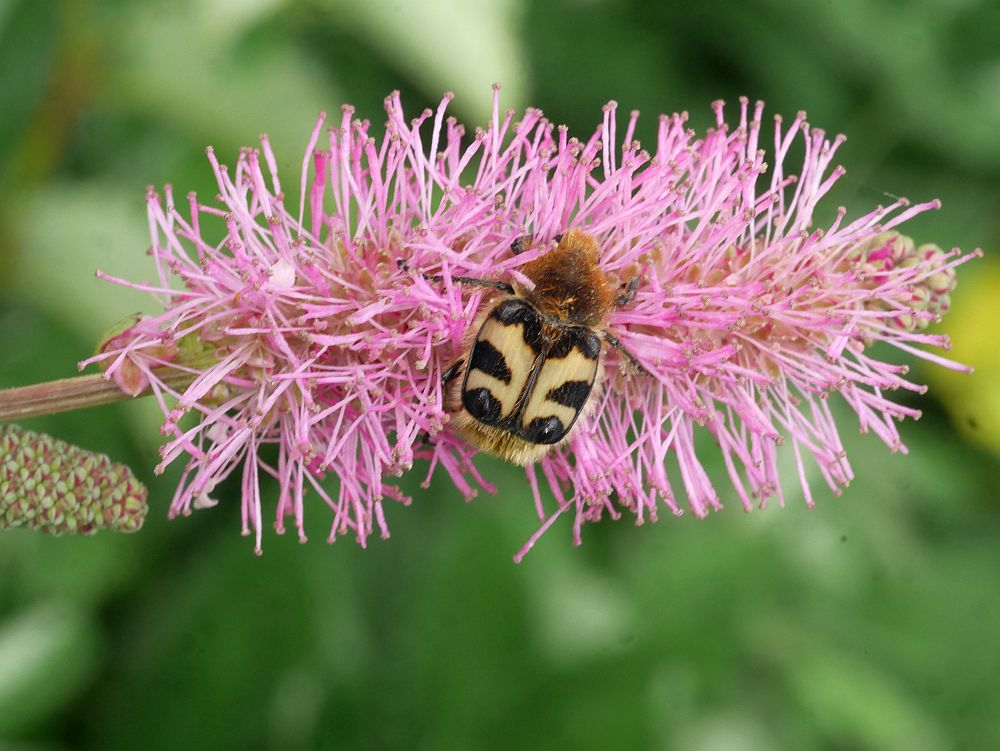Probably the last dandelion to flower in the edible garden in 2020! The temperature didn’t drop below +12C last night, but there may be snow later in the week!


This is the harvest of 6 varieties of Scorzonera at our community garden (Væres Venner) last week two years after I sowed seed (I was surprised by an early hard frost and didn’t get round to harvesting it). The following accessions
Libochovicky (Czechoslovakia) (IPK Gatersleben SCOR5)
‘Peter Schwarzer’ (IPK Gatersleben SCOR3 and SCOR 6)
‘Schwarzwurzel’ (IPK Gatersleben SCOR 7)
‘Einjaehrige ‘ (IPK Gatersleben SCOR 8)
Wild accession 1653 from Bundesgarten Wien
(I had hoped to include other varieties from the Nordic gene bank in this trial but those were sadly not available)
Einjaehrige gave as expected the biggest yield (this is a variety selected to be grown in one year…traditionally it would take two years for roots to be big enough. I will grow this one on as a perennial for seed to supply seed as a root variety. The biggest roots of the other accessions apart from the wild accesion which gave as expected the smallest roots (planted now in the World Garden) will be grown on to investigate differences in production of Scorzonera lettuce (spring shoots) and Scorzonera scapes (the sweet flower stems).
Scorzonera is not only one of my favourite must have perennial vegetables but also a popular plant for pollinators flowering right up to the first frosts.
‘
Two years ago I accidentally dug up one of my Queen Anne’s Thistles (Cirsium canum) and I discovered the tubers were quite like the tuberous thistle (Cirsium tuberosum). I’ve now dug them all up, harvested the largest roots and replanted. This really is a great plant: a thornless thistle which yields good size tubers that is also attractive to look at, is popular with pollinators and provides winter food for some bird species (oil rich seeds).
* Edi-avi-ento-mental (edible, ornamental and useful for both avian (birds) and insect pollinators)…the most useful category of plant in my book!
By chance, the best two plants in the garden for pollinating insects in late summer are growing together in the garden. The Clematis vitalba (old man’s beard / tysk klematis) is in the foreground in the picture below and is popular with hoverflies, droneflies and bumblebees. Behind is my largest (of 3 Buddlejas, butterfly bush /sommerfuglbusk). We had one when we were growing up in the back garden, where my interest in insects and nature started. As the name suggests, it is most popular with butterflies (and moths), but bumble bees are also commonly seen on it. The Clematis reaches up to the balcony which allows me to study the insects at close hand. Clematis vitalba was planted in the garden as the cooked young shoots are commonly eaten in spring in Italy and is therefore one of the best edientomentals (edible/for the insects/ornamental) you can plant. Buddleja davidii is not edible and is in the entomental category.
Although the total number of butterflies is lower this year as last year we experienced a major invasion of painted lady (tistelsommerfugl) butterflies (only 2 observations in the last month in this part of Norway), there is a good diversity of species and you’ll find pictures and videos of the following species below:
Red admiral / admiral (up to 4)
Small tortoiseshell / neslesommerfugl (7)
Dark green fritillary / aglajaperlemorvinge (1)
Brimstone / sitronsommerfugl (colonising this area and my 3rd record this summer)
Comma / hvit C
Small white? / liten kålsommerfugl
Green-veined whites / rapssommerfugl have also been very common this year.
A possible small blue (dvergblåvinge) was also seen in the garden on Allium wallichii on 21st August.
Broad beans (favas / bondebønner) will easily cross with other varieties that are growing nearby. In order to keep a variety pure, you need to isolate them physically. I like to have different varieties with different coloured flowers and bean colour in additon to maintaining early yielding varieties such as Express. I’ve found that I can plant different forms close together and if I save separately beans with different colour and bean size and mark for saving plants with particularly nice flower colours, then I can maintain a good mix in the same place. The flower forms below are all growing within a few metres in the Væres Venner community garden. They were grown from the mix of beans saved at the same place in 2018 (first picture). I don’t offer the different forms as named varieties, but as a mix or composite “Væres Venner Mix” so that others can also select for separate forms! Bumble bees were all over the flowers when I was there!
Yesterday, I registered red-tailed bee / steinhumle (Bombus lapidarius) for the first time at the community garden (Væres Venner), the first time in this part of Trondheim. This is a common species in the city and is probably the commonest bumblebee in the Allium garden at the botanical gardens. Today, I saw this species for the first time in my own garden, the first record in this area. It was on Allium pskemense, probably the most popular plant in my garden for bumblebees. In the second video you can see both the white-tailed bumblebee (Bombus lucorum; lys jordhumle) and tree bumblebee (Bombus hypnorum; trehumle). Please correct me if I’m wrong!
It’s always nice to spot a bee beetle / humlebille (Trichius fasciatus) in the garden. I discovered this one on the first Sanguisorba flower of the year!
It is often planted in gardens as it flowers for a long time in summer. It has naturalised in the UK (see https://www.brc.ac.uk/plantatlas/plant/malva-alcea) and also here in Norway there are a number of observations, particularly around Oslo.
This summer, I’ve been using this mallow much more than before as I now have a lot of it and it has replaced moschata in a few places, suggesting that these may be hybrids! This really is one of the most useful perennial vegetables in the summer garden. Along with other mallows you can pick off leaves, young flower buds and flowers over an extended period! I use them in various stir-fry dishes, in soups, on pizza, in quiches and mixed salads!
It is surprisingly not often mentioned as edible in ethnobotanical studies (maybe underreported due to confusion with moschata?). However, a quick search revealed it being used traditionally in Czechoslovakia and Bulgaria!
If I had written my book today, this may well have replaced moschata. I did mention alcea in the book under the account of moschata as follows:
I have less experience with Malva alcea, greater musk mallow, which is, as the English name suggests, a larger plant. It has a similar range to musk mallow, except that it isn’t found in the UK. I’ve only grown the form ‘Fastigiata’ which is long-lived and a nice ornamental, needing staking up during the summer. My plant was sterile and is
thought possibly to be a hybrid between M. alcea and M. moschata. The flowers are also good in salads.
Bees love it too!
Here are a few pictures of it in the garden today:
More about the uses of poppies from Cornucopia II. I grow all 3 in my garden here in Malvik!
Papaver somniferum – opium poppy (opiumvalmue). The seeds, called maw seeds in Europe and khas-khas in the Middle East, are widely used in breads, cakes, rolls, milky soups, rice dishes, stews, curries, saladdressings, and sweetmeats. When crushed and sweetened, they are used as a filling for crepes, strudels, pastries, etc. Poppy-seed oil is used like olive oil in French cooking, where it is known as olivette. A paste made from poppy-seed oil and roasted, ground poppy seed is widely used in Turkish cuisine.
Papaver orientale – oriental poppy (orientvalmue). Unripe capsules, though very acrid and hot in taste, are reportedly eaten as a delicacy. In Turkey, the seeds and flower parts are eaten.
Papaver rhoeas – Corn poppy (kornvalmue). Young leaves are cooked and seasoned like spinach, or used as a flavoring in soups and salads. A syrup prepared from the scarlet flower petals has been employed as an ingredient in soups and gruels. They also yield a red pigment used for coloring, especially wine. The seeds are used in cakes, breads, and rolls or pressed for their oil, an excellent substitute for olive oil.